What do gays/lesbians do in the bedroom? It is a conundrum to straight people. Sexually, the choices we make in bed are fluid and naturally attributed to the love shared emotionally with our partners. The dynamics of a happy relationship ultimately determine how you love yourself and your partner sexually. Sometimes sex can just be sex and then there’s sex which is lovemaking.
There are needs we have and how all this comes together isn’t based on how feminine or masculine a person is.
Let me explain.
It doesn’t work that way
Table of Contents
The conversation over the dynamics of a same-sex relationship are generally met with the concept of ‘who’s the girl and who’s the boy’? Heterosexual morons somehow attribute this straight concept to gay couples, too.
Sorry to break it to you straighty’s, but it doesn’t work that way for us. And the other stereotype is that same-sex relationships do not last. Again you are wrong.
Related reading: “LGBT or otherwise, love is love” – Prince Manvendra Singh Gohil
How similar or different is a gay union from heterosexual relationships?

The common causes of marital strife – housework, sex and money – exist, but the difference is that in same-sex relationships we are more egalitarian in the union.
Eliminating culturally imposed expectations that straight couples endure is a precious gem that has to be discovered in that dynamic. In both gay and lesbian unions there are some issues and some ‘perks’ to be enjoyed that straight folks just don’t have available.
In a same-sex union we’re not culturally ‘assigned’ to mundane tasks associated with your sex gender, like who’s taking out the garbage, walking the dog, or who’s the cook. There’s much more freedom in designing the rules in a same-sex union, on a basis of tasks that make the relationship work. For me it also gave my relationship with my partner a certain je ne sais quoi. Sharing our roles for home and finance made our love grow by leaps and bounds.
Mind you don’t confuse that when I say love I mean sex. I’m talking about that element of traditional love, but without the fear of expression.
Related reading: 10 Signs Of Bisexuality In Males: Understand Your Sexuality And Fight Common Misconceptions
Similarities:
- Emotional Bond: Both built on love, trust, and support.
- Commitment: Loyalty and long-term goals are central.
- Shared Roles: Everyday responsibilities and support are shared.
- Communication: Open dialogue is key for both.
- Family Goals: Both may seek to build families.
- Milestones: Anniversaries, engagements, and other moments matter equally.
Differences:
- Social Acceptance: Heterosexual couples often face less discrimination.
- Legal Rights: Gay couples may face legal barriers in some regions.
- Gender Roles: Gay relationships often break traditional role molds.
- Societal Pressure: Heterosexual couples may face traditional expectations.
- Stereotypes: Gay couples often confront unique biases.
- Public Visibility: Gay couples may face challenges with public displays of affection.
No gender stereotypes

A straight union has a pretty much stock standard approach where the female is the bastion of the home affairs, housekeeping, laundry etc.; the man brings in the cash. He would also be primarily the sex initiator but he wouldn’t necessarily be successful, as the female would either choose to indulge or refuse.
You might think I’m being such a misogynist with the above statement, but it’s true! Same-sex couples, however, do not have these dichotomies. If I have to unpack this using my past relationship as an example, I believe that being in a relationship with a guy gave me a better understanding. I know how to deal with another male, as we’re pretty much wired the same.
The cultural disposition that heterosexual couples carry is inherently the root of unending conflict in their relationships. Gay/lesbian couples enjoy the same amount of conflict, but have satisfaction in achieving resolution with fewer verbal attacks and a quicker solution.
“It’s time to leave traditional gender roles behind and focus on equality in all relationships.”
If you are a straight person in a relationship or were in one, you’ll agree that you found yourself in conflicts that lead to hostile emotional battles with belligerence and domineering – I can safely say this was absent in my conflicts with my partner.
Related Reading: 9 Expert Tips To Make A Relationship Last Forever
The dynamics are different
What made our conflict settle quicker? For me it was keeping a level head minus the emotional dramatics; throwing some humour into the discussion; being emotionally available, with not sitting across my partner but next to him, helping instead of exploding.
Defusing a situation quickly with a sound resolution is important for a strong relationship that can bounce right back to ‘I love you’.
The dynamic of who does what in a relationship will differ in the next relationship I might end up in – that’s if I ever do – but the point is that the balance in a same-sex relationship breaks all the rules that heterosexuals imbibe.
Break the rules, not your home, love hard, play harder, and laugh more….
FAQs
1. Why do people assume gender roles in same-sex relationships?
People often project traditional gender roles onto same-sex couples because they’re used to seeing relationships framed that way. However, same-sex relationships don’t fit into those boxes, and roles are based on individual personalities and dynamics, not societal gender norms.
2. Is there always a dominant and submissive partner in same-sex relationships?
Not necessarily. Like any relationship, dynamics vary based on personality and preference. Some couples may have partners who take on more assertive roles in certain situations, but that doesn’t align with traditional “boy” and “girl” labels. It’s about balance and communication.
3. How do same-sex couples define their roles in a relationship?
Same-sex couples, like any couple, define their roles based on compatibility, shared responsibilities, and preferences. Roles are not predetermined by gender but by what works best for the individuals involved.
“When Sam and Jordan got married, they noticed how even the wedding industry pushed gender roles on them—assuming one would wear a suit and the other a dress. They decided to break the mold. Both wore suits, and during their vows, they emphasized that their marriage would not be about fitting into roles but about love, respect, and building a life together. Their relationship is defined by how they support each other daily, not by who plays which role.”
4. Why is it harmful to ask “who’s the girl and who’s the boy” in a same-sex relationship?
This question reinforces stereotypes and suggests that relationships can only function with traditional gender roles. It diminishes the uniqueness and equality of same-sex relationships and ignores the fact that every partnership is different.
Final Thoughts
Same-sex relationships, like all relationships, are built on love, respect, and partnership—not on outdated gender roles or societal expectations. The idea of needing a “girl” and a “boy” in a relationship is a limiting and unnecessary concept. In truth, every couple defines their own dynamic, one that works best for them based on shared values, mutual understanding, and individual personalities. Asking who plays the “girl” or the “boy” diminishes the authenticity of same-sex relationships, which deserve to be seen for what they are: two people who love and care for each other.
It’s time to move beyond stereotypes and celebrate relationships for the unique connections they represent—whether same-sex or otherwise, love isn’t about fitting into roles; it’s about finding balance and harmony in each other’s strengths. Our experienced counselors are here to help you navigate the complexities of love, equality, and communication. Book a session today for personalized support.”
Your contribution does not constitute a charitable donation. It will allow Bonobology to continue bringing you new and up-to-date information in our pursuit of helping anyone in the world to learn how to do anything.

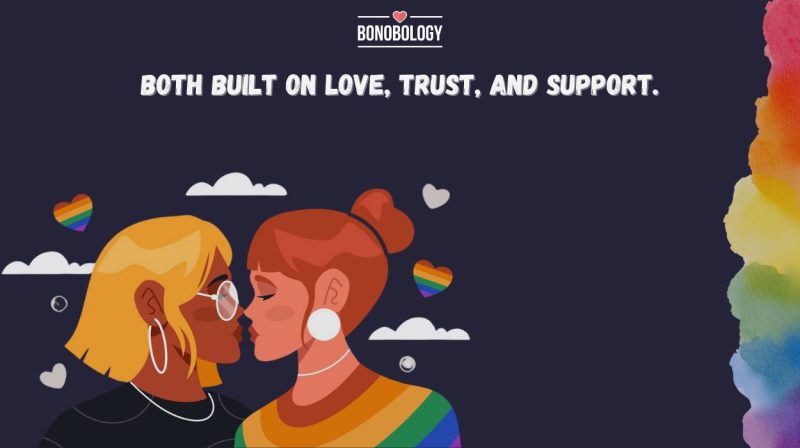
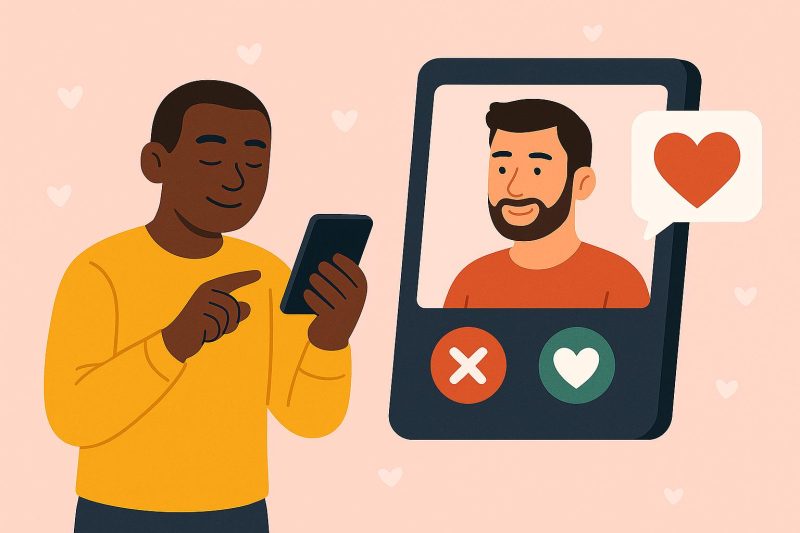
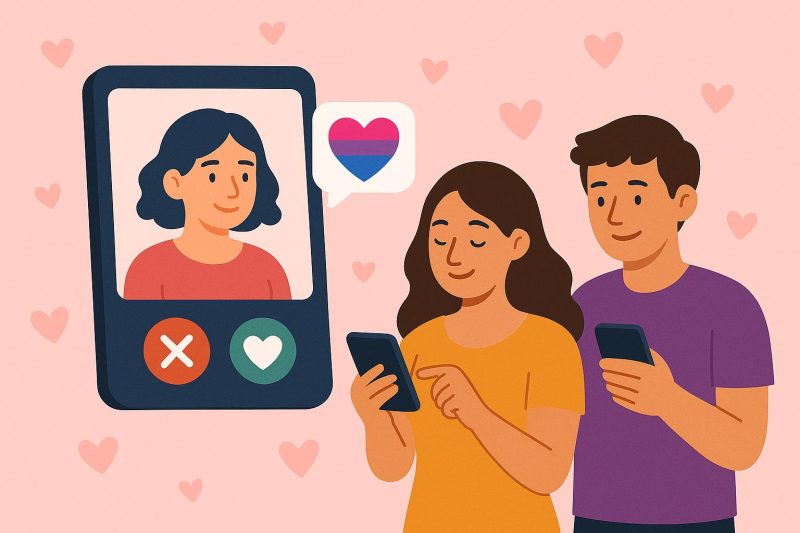
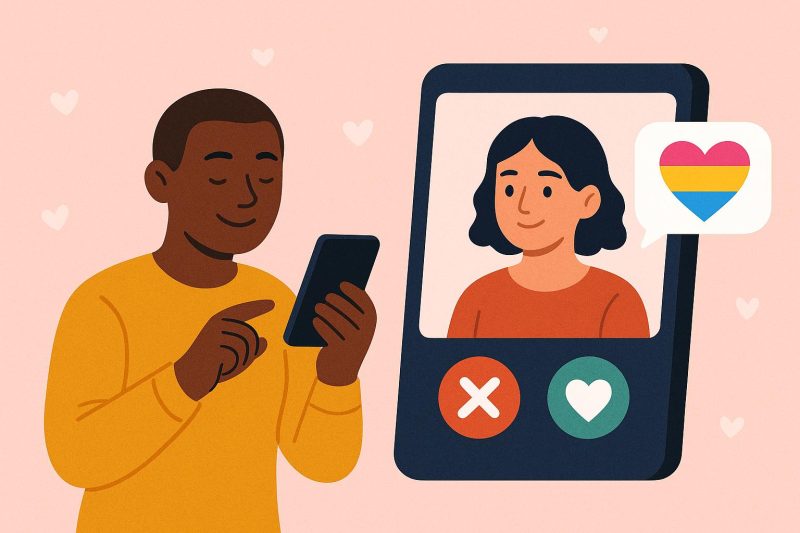
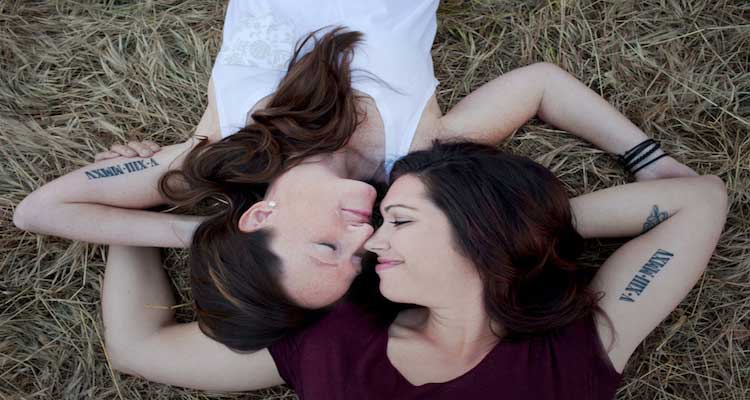
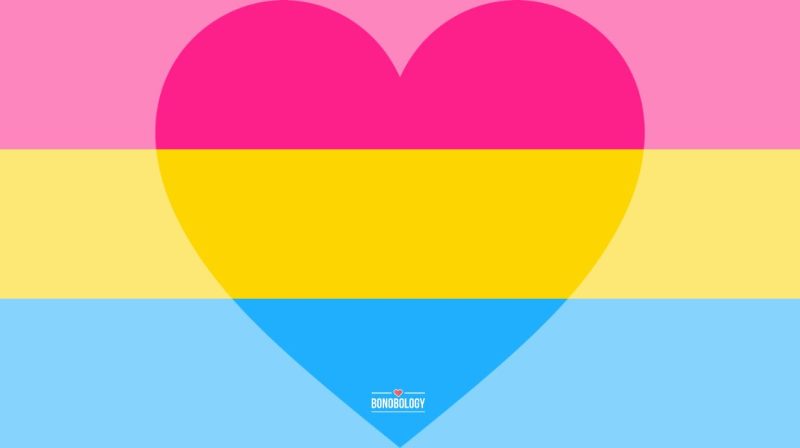
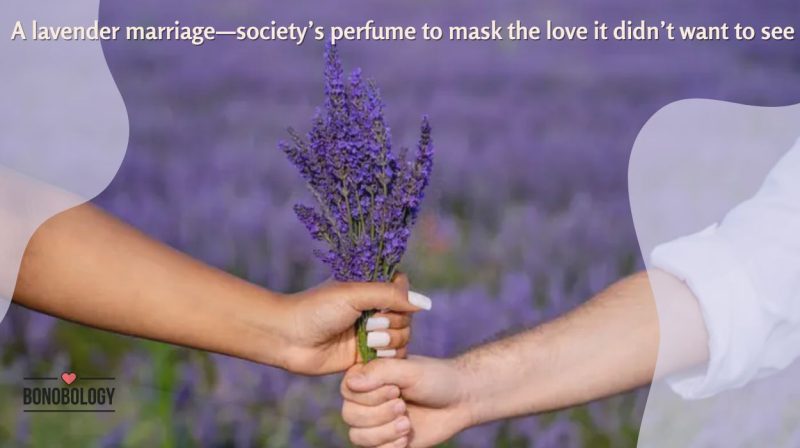
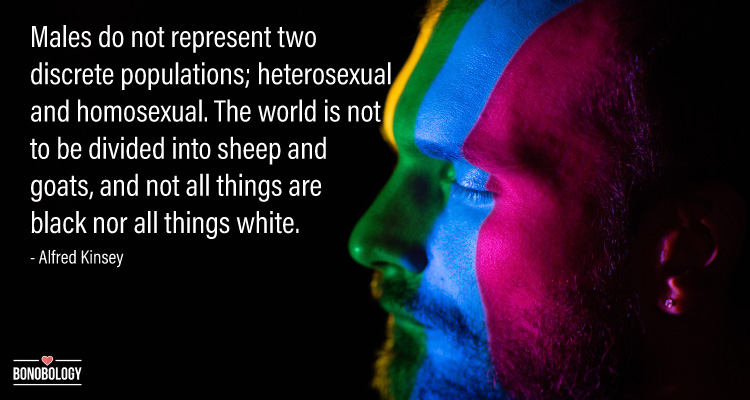
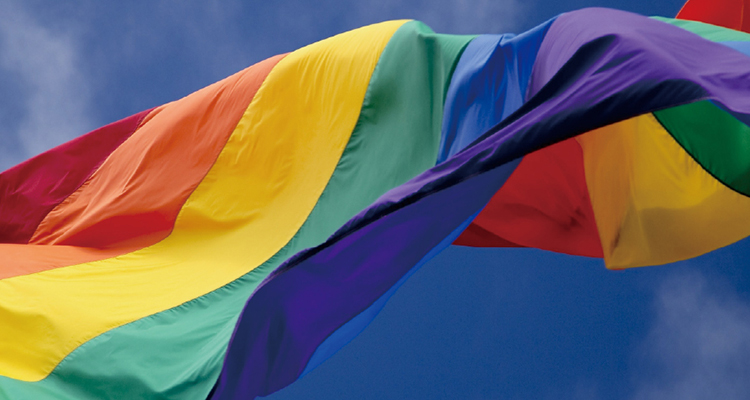

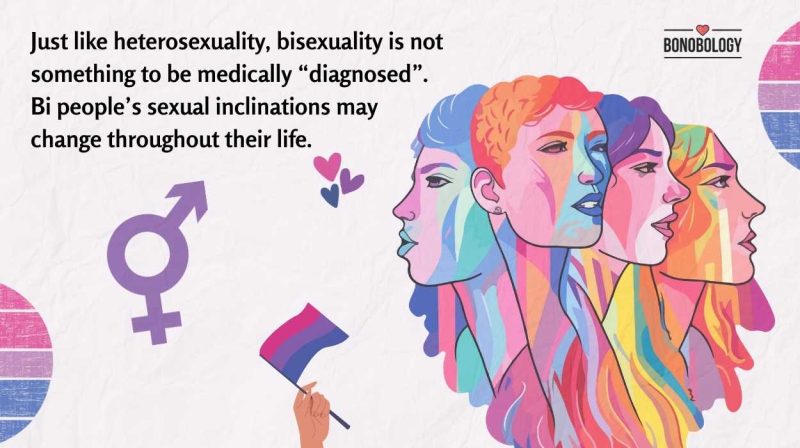


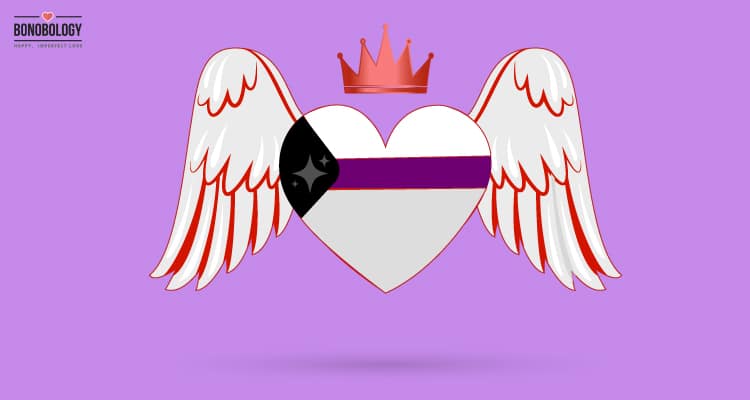
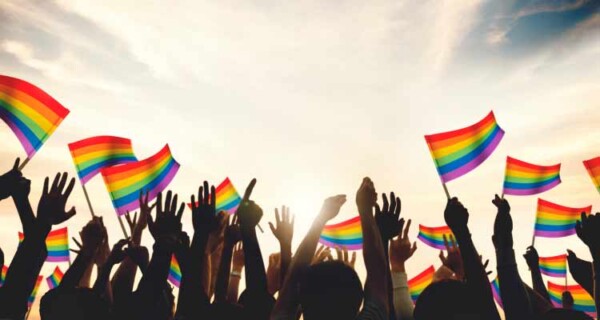
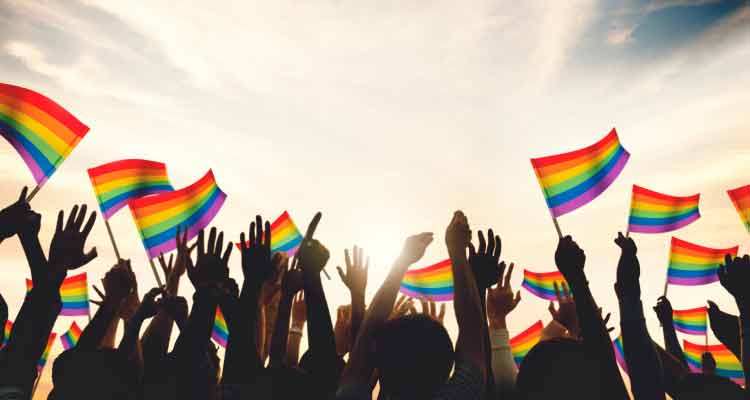

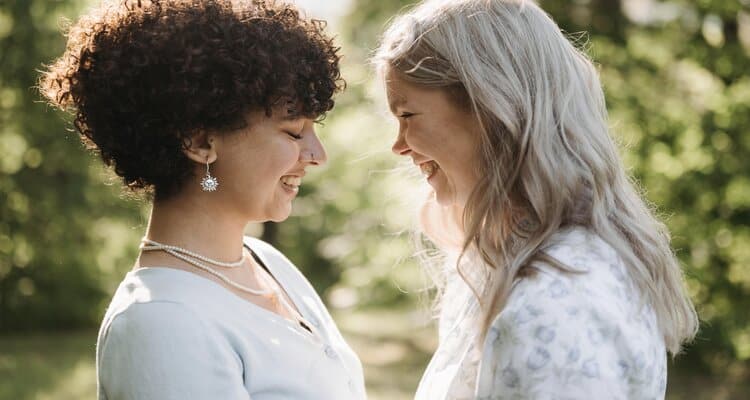
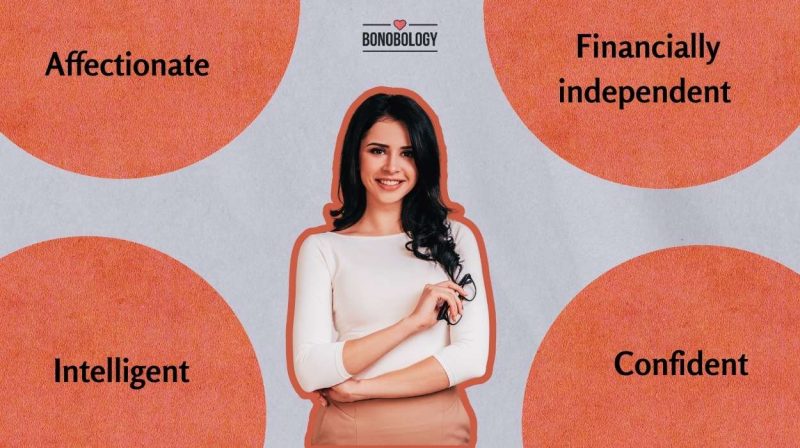

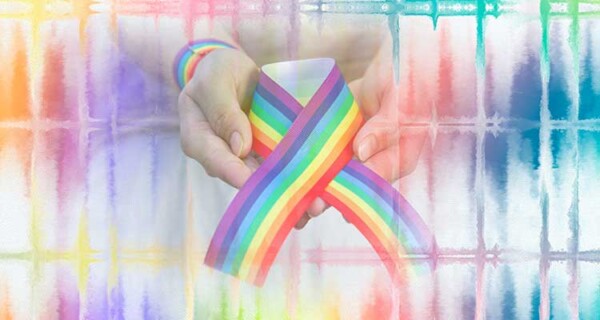
Featured
Best Dating Site For Gay Men – One Site Stands Out
Discover the Best Dating Sites for Bisexuals: Find Your Match Today
Finding the Best Dating App for Pansexuals: A Comprehensive Guide
The Best Free Lesbian Dating App for Queer Love and Community
Panromantic: What Does It Mean to Be One?
Lavender Marriage: What It Is And How It Works
10 Signs Of Bisexuality In Males: Understand Your Sexuality And Fight Common Misconceptions
How LGBTQ+ Individuals Can Benefit From Online Therapy: Breaking Barriers And Nurturing Mental Health
30 LGBTQ Books You Should Read In 2023
Am I Bisexual? 18 Signs Of Female Bisexuality To Know If You’re A Bi Girl
11 Things You Need To Know For A Successful Aromantic Relationship
Am I A Lesbian? Here Are 10 Signs That May Help You Know For Sure
Could You Be Demisexual? 5 Signs That Say So
21 LGBTQ Flags And Their Meanings – Know What They Stand For
Pride Decorations And Rainbow Pride Party Decor Ideas
Lesbian Outfit Ideas – A Complete Fashion Guide
10 Best Lesbian Dating Apps For 2022 To Chat & Meet
15 Things That Attract A Woman To Another Woman
Top 12 Best LGBTQ Dating Apps – UPDATED LIST 2022
The Yin And Yang Of The Sexuality Spectrum